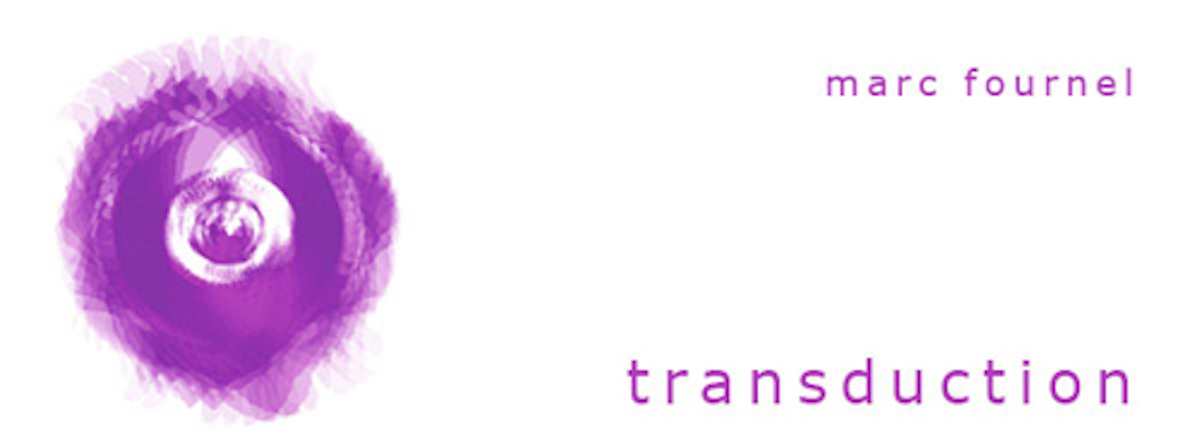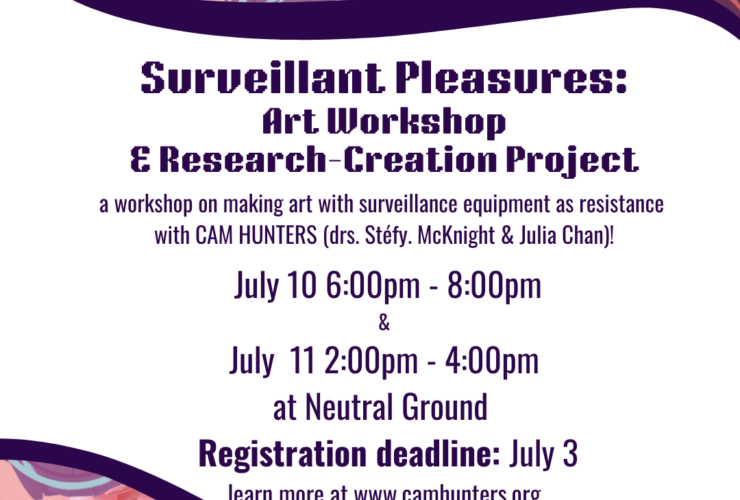Marc Fournel
August 27 – September 24, 2005
Reception: Saturday, August 27, 8:00 pm
Transduction is an immersive environment that makes use of small spherical electronic interfaces in an audio installation. Within the installation, the interfaces lie spread about here and there on the floor, awaiting interaction. By manipulating the spheres, users trigger the creation and the distribution of sounds. The characteristics of the sounds (frequency, tonality, and pitch) are modulated by the position of each sphere and by the spatial relationship between the interfaces.
Transduction uses the new local positioning system (LPS) prototype developed by Ubisense, (Cambridge, England). This LPS continuously transmits the spatial position ( X,Y,Z) of each sphere. The Tontauben system that integrates this LPS is also able to give a reading of the spin of each ball and it position relative to the other spheres. The sound architecture is programmed with Pure Data, a real time graphical programming environment for audio, video and graphical processing, that make use of sound algorithms and variable VST (virtual studio technology) through data provided by the LPS. This architecture can analyze the force applied to the spheres (while being thrown or moved), the distance reached as well as their absolute and relative position in time. It then integrates this data as variables for the sound algorithm and the VST.
The work takes as its starting point the desire for physical and psychological transfer, where actions are guided by a constant permutation of states into real or imagined spaces. Existing in a world where finding our references is an obligation, Transduction places itself in a state of constant instability.
For the last five years, Marc Fournels work has included the production of interactive audio-video installations. His installations generally offer the possibility to create or generate video and audio content by analyzing the position and the movement in space of the users (movement of the hands, of the arms, video analyzing of comportment).
The artist gratefully acknowledges funding support from La Fondation Daniel Langlois pour lArt, la Science et la Technologie, le Conseil des Arts et des Lettres du Qubec, The Canada Council for the Arts, le CIAM, and the Media Arts Commissioning Program of the Canada Council for the Arts through Oboro. The artist would like to thank Christina Oltmann, Thomas-Ouellette Fredericks, Laure Ottman, Serge Provencher, Ubisense and Vitamin Bezeihungen.


